If you regularly suffer from yeast infections or issues of candida overgrowth then you might try turning to supplements – in particular, probiotic supplements – in your search for a solution. Many of our customers swear blind that Threelac has helped them a great deal and many experts have lined-up over the years to speak up on its valuable abilities to combat yeast infections, especially those concerning candida.
We ourselves at The Finchley Clinic have seen to it that Threelac’s been tested by various practitioners, dowsers, kinesiologists (among other experts) and what they’ve told us pretty much amounts to the same thing – it’s a probiotic product that possesses a unique ability to help candida sufferers and that means that (although it doesn’t help absolutely everybody; no supplement will) it appears to surpass most other probiotics in what it does, most of the time.
How does it work? 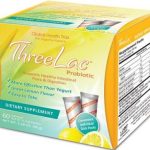
A powder-based supplement to be taken with water, ThreeLac comprises three live, spore-forming lactic acid bacteria; Lactobacillus Sporogenes, Bacillus Subtilis and Streptococcus Faecali. As a supplement, it deploys a specific micro-encapsulation process that enables the bacteria to pass through the stomach and into the small intestine, as the friendly bacteria is enclosed in small capsules to protect them from the stomach’s acidic environment. And this ensures that these micro-organisms are able to safely make it to the intestinal tract where they purge the gut of the parasitic, fungal form of Candida, as well as crowd out harmful dysbiotic microorganisms and, inevitably, repopulate the intestine with the beneficial microflora it needs to prevent another overgrowth and remain healthy going forward.
The power of probiotics – according to the experts
“Evidence from clinical research demonstrates that adding ‘good’ bacteria to the diet promotes a healthy digestive and immune system” – Dr. Allan Walker, Professor of Nutrition and Paediatrics, Harvard Medical School
“Friendly bacteria are vital to proper development of the immune system, to protection against microorganisms that could cause disease and to the digestion and absorption of food and nutrients” – National Center for Complementary and Alternative Medicine
“Taking probiotics is a habit that can really benefit the digestive system, which is intricately connected to our overall health” – Dr. Michael F. Roizen, Chief Wellness Officer, Cleveland Clinic
ThreeLac contains yeast – why?
This is surely a fair question and, therefore, an important point to address, considering that, on the surface, it may seem odd, even counter-productive for a supplement that aims to combat yeast infections and candida build-up actually contains yeast. The fact of the matter, though, is that a very small amount of yeast is necessary for Threelac to operate effectively, as the friendly bacteria it comprises and transfers to the body requires this modicum of yeast to survive (otherwise the bacteria would effectively die of hunger before it ever managed to reach the intestinal tract and do its good work). And, don’t worry, the amount of yeast in Threelac is far, far too small to make any yeast infection worse.
Is Threelac an entirely safe product to consume?
Yes, absolutely. It’s entirely suited to be consumed alongside other drugs and anti-fungal medicines. Indeed, while some anti-fungal treatments have a have a habit of upsetting or even harming the liver, the live bacteria of Threelac has never been reported to have any such effect and, although some people tend to experience symptoms of ‘Candida die-off’, if anything, such symptoms are merely a sign that Threelac’s doing its work as it should. To be on the safe side, of course, if you notice any side effects, you should contact your doctor and, naturally, if you’re pregnant of a breastfeeding woman you should consult a doctor before deciding to take any supplement.

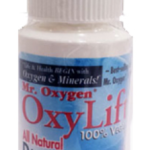

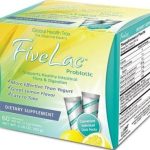
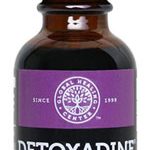
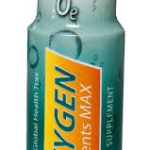
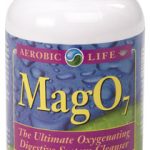
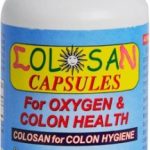
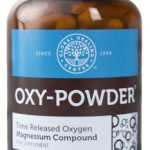






 Mark G. Lester
Mark G. Lester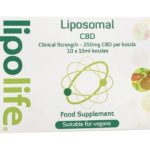
 Obviously CBD works perfectly well by itself. But CBD and Curcmin together are even better. So if you want to enhance the effects further, we recommend combining it with Curcumin which has some quite similar benefits to CBD, especially where is comes to supporting the immune system, cardiovascular health, reducing inflammation and helping with anxiety. (Neuro-chemical research has shown that Turmeric and Curcumin can increase Serotonin, noradrenaline and dopamine levels in the brain).
Obviously CBD works perfectly well by itself. But CBD and Curcmin together are even better. So if you want to enhance the effects further, we recommend combining it with Curcumin which has some quite similar benefits to CBD, especially where is comes to supporting the immune system, cardiovascular health, reducing inflammation and helping with anxiety. (Neuro-chemical research has shown that Turmeric and Curcumin can increase Serotonin, noradrenaline and dopamine levels in the brain).